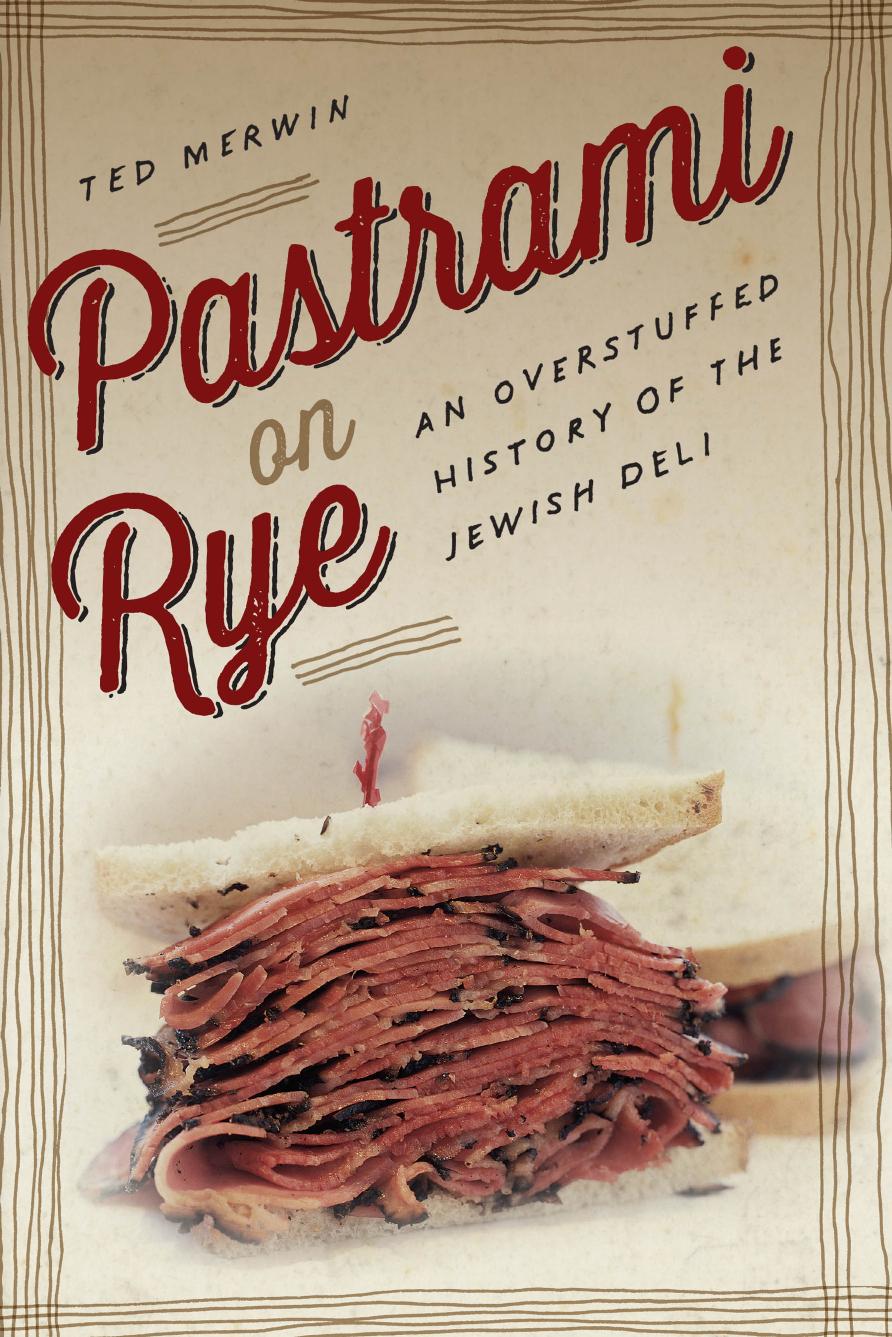Pastrami on Rye: An Overstuffed History of the Jewish Deli by Ted Merwin

Author:Ted Merwin [Merwin, Ted]
Language: eng
Format: epub, pdf
Tags: REL040030 Religion / Judaism / History
ISBN: 9780814762745
Publisher: NYU Press
Published: 2015-10-06T00:00:00+00:00
The Rise of Ethnic Food
With the assassination of President John F. Kennedy, the rise of the civil rights movement, and the involvement of the country in Vietnam, the carefree ethos of the early 1960s began to dissipate. The burgeoning interest in multiculturalism, however, meant that ethnic food rose in popularity; the food historian Warren Belasco has insightfully compared the rise of ethnic food with the popularity of oak furniture—both spoke to consumers’ desire for the sense of security that they identified with traditional ways of life.50 Belasco attributes the interest in ethnic food to a host of factors, including the spread of foods from one ethnic group to another (for example, “in-migrating blacks [who] sampled out-migrating kosher foods”), the growth of tourism, and the presentation of ethnic foods in the mass media—especially in relation to ethnic movie and television stars.51
Indeed, people in the 1960s counterculture who resisted the “cultural imperialism” that was destroying local foodways around the globe and replacing them with standardized American foods founded a “countercuisine” based largely on ethnic foods. As Belasco puts it, while the first generation had made food from scratch, the second generation sought “old-style sauces to put on American meats and vegetables,” and the third generation purchased “fully processed convenience foods with an Old World aura that could be supplied with a few spices and a picturesque aura.”52 Many ethnic foods were produced by large corporations, including the Pizza Hut chain and R. J. Reynolds’ Chun King line of Oriental food; Chun King trumpeted a “new mood in food” as the impetus for the spread of Chinese food throughout the land.53
Delicatessen foods were no exception to the commodification of ethnic foods; in 1968, Hebrew National was sold to Riviana Foods, which was itself acquired by Colgate-Palmolive, a soap and toothpaste company.54 (The Pines family bought it back in 1980; by 1986, the company was producing half a million frankfurters a day in its plant in Maspeth, Queens.)55 Savvy young entrepreneurs who founded smaller ethnic-food companies could make a quick profit by selling out to bigger companies.56 Jewish foods, like other ethnic foods, were commodified and torn from their original social context. The pastry-wrapped “deli sandwiches” sold under the Campbell’s Pepperidge Farm and Nestlé’s Stouffer’s brands had as much relationship to a real New York delicatessen sandwich as frozen burritos did to authentic Mexican cuisine.
But it was Chinese food that most captivated American Jews. According to the blogger Peter Cherches, Chinese food was a “birthright” for Brooklyn Jews of his generation; he recalls being “weaned on chicken chow mein.”57 And if a rabbi needed to find ten Jews for a minyan (prayer quorum), what better place to look than in the local Chinese restaurant? In an updating of the phenomenon of “cross-over eating” found by Donna Gabaccia at the turn of the twentieth century, one ethnic group began to define itself through the consumption of another ethnic group’s food.58 The critic Neil Postman recalled that the shopping district in Flatbush, where he grew up
Download
Pastrami on Rye: An Overstuffed History of the Jewish Deli by Ted Merwin.pdf
This site does not store any files on its server. We only index and link to content provided by other sites. Please contact the content providers to delete copyright contents if any and email us, we'll remove relevant links or contents immediately.
| African Americans | Civil War |
| Colonial Period | Immigrants |
| Revolution & Founding | State & Local |
Cat's cradle by Kurt Vonnegut(14698)
Pimp by Iceberg Slim(13701)
Underground: A Human History of the Worlds Beneath Our Feet by Will Hunt(11812)
4 3 2 1: A Novel by Paul Auster(11746)
The Radium Girls by Kate Moore(11572)
Wiseguy by Nicholas Pileggi(5284)
American History Stories, Volume III (Yesterday's Classics) by Pratt Mara L(5123)
Perfect Rhythm by Jae(5047)
The Fire Next Time by James Baldwin(4993)
Paper Towns by Green John(4757)
Pale Blue Dot by Carl Sagan(4580)
A Higher Loyalty: Truth, Lies, and Leadership by James Comey(4523)
The Mayflower and the Pilgrims' New World by Nathaniel Philbrick(4267)
The Doomsday Machine by Daniel Ellsberg(4224)
Killers of the Flower Moon: The Osage Murders and the Birth of the FBI by David Grann(4154)
Too Much and Not the Mood by Durga Chew-Bose(4074)
The Sympathizer by Viet Thanh Nguyen(4062)
The Borden Murders by Sarah Miller(3989)
Sticky Fingers by Joe Hagan(3888)
